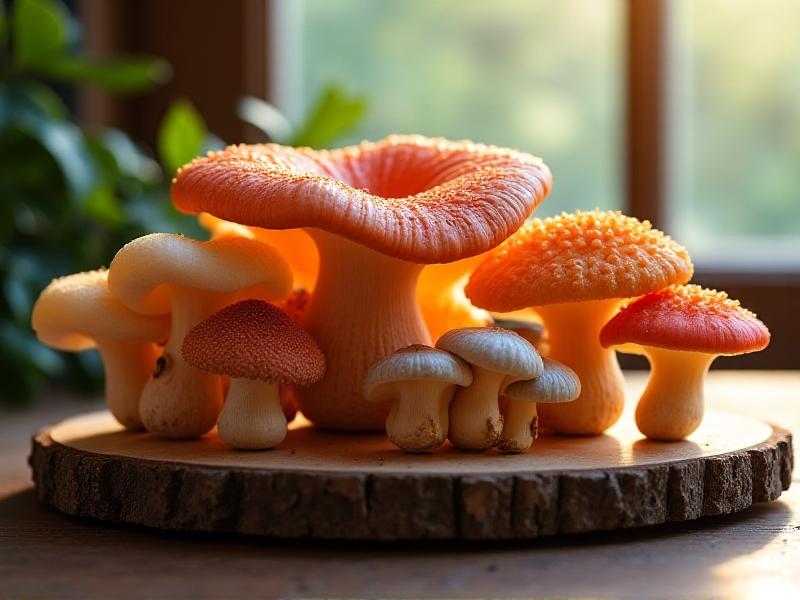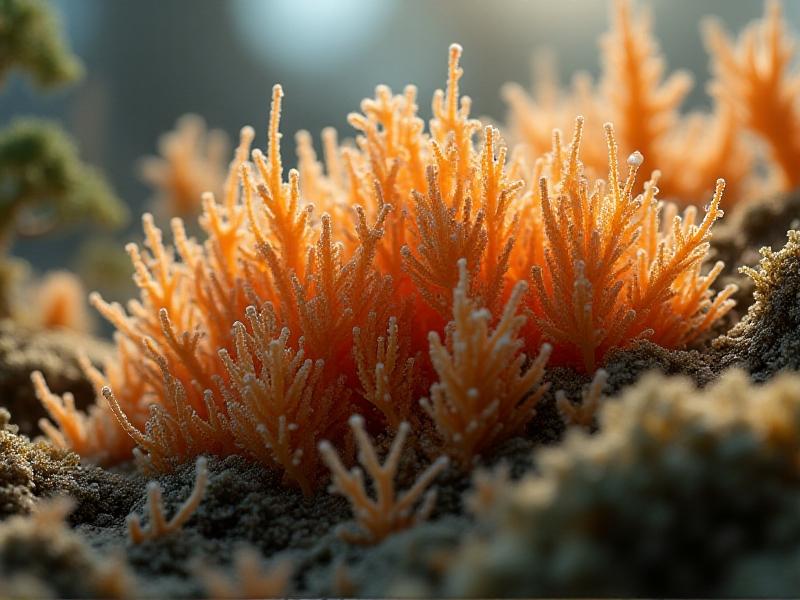Acoustic Dampening Properties of Varied Mushroom Species
Introduction to Acoustic Dampening and Mushrooms
When we think of mushrooms, the first images that come to mind are often culinary delights or forest floor inhabitants. However, recent research has unveiled a lesser-known property of these fascinating fungi: their potential for acoustic dampening. Acoustic dampening refers to the ability of a material to absorb sound waves, reducing noise and echo. This property is crucial in various industries, from construction to automotive design, where controlling sound is essential for comfort and functionality.
Mushrooms, with their unique cellular structures and organic compositions, offer a sustainable and innovative solution to traditional soundproofing materials. Unlike synthetic materials, mushrooms are biodegradable, renewable, and can be cultivated with minimal environmental impact. This article explores the acoustic dampening properties of various mushroom species, delving into the science behind their sound absorption capabilities and their potential applications in modern industries.

The Science Behind Mushroom Acoustics
To understand how mushrooms can dampen sound, it's essential to delve into their biological structure. Mushrooms are composed of a network of hyphae, which are thread-like structures that form the mycelium. This intricate network creates a porous and fibrous matrix that is highly effective at absorbing sound waves. When sound waves encounter the mycelium, they are scattered and absorbed within the porous structure, reducing their energy and minimizing noise.
Different mushroom species exhibit varying degrees of acoustic dampening due to differences in their hyphal density, moisture content, and overall structure. For instance, species with denser mycelium networks, such as the Reishi mushroom, tend to have higher sound absorption rates compared to those with looser structures. Additionally, the moisture content within the mushroom can influence its acoustic properties, as water molecules can further dissipate sound energy.
Research has shown that certain mushroom species can achieve sound absorption coefficients comparable to traditional materials like fiberglass or foam. This discovery opens up exciting possibilities for the use of mushrooms in soundproofing applications, offering an eco-friendly alternative to conventional materials.

Promising Mushroom Species for Acoustic Dampening
Several mushroom species have shown remarkable potential for acoustic dampening, each with unique properties that make them suitable for specific applications. One such species is the Reishi mushroom (Ganoderma lucidum), known for its dense mycelium network and high moisture content. These characteristics make Reishi an excellent candidate for sound absorption in humid environments, such as bathrooms or kitchens.
Another promising species is the Shiitake mushroom (Lentinula edodes), which has a moderately dense mycelium structure and a balanced moisture content. Shiitake mushrooms are versatile and can be used in a variety of settings, from residential homes to commercial spaces. Their ease of cultivation and widespread availability make them an attractive option for large-scale soundproofing projects.
The Oyster mushroom (Pleurotus ostreatus) is also noteworthy for its acoustic dampening properties. With a slightly looser mycelium network, Oyster mushrooms are particularly effective at absorbing low-frequency sounds, making them ideal for use in recording studios or theaters where bass control is crucial.

Applications of Mushroom-Based Acoustic Materials
The potential applications of mushroom-based acoustic materials are vast and varied. In the construction industry, mushroom panels can be used to create soundproof walls, ceilings, and floors, reducing noise pollution in urban environments. These panels can be easily integrated into existing structures, offering a sustainable and aesthetically pleasing solution to noise control.
In the automotive industry, mushroom-based materials can be used to line the interiors of vehicles, reducing road noise and enhancing the overall driving experience. The lightweight nature of these materials also contributes to improved fuel efficiency, making them an attractive option for eco-conscious manufacturers.
Another exciting application is in the field of music and entertainment. Mushroom-based acoustic panels can be used in recording studios, concert halls, and home theaters to create optimal sound environments. Their natural aesthetic adds a unique touch to these spaces, blending functionality with design.
Challenges and Future Directions
While the potential of mushroom-based acoustic materials is promising, there are several challenges that need to be addressed. One of the primary concerns is the durability of these materials, particularly in outdoor or high-moisture environments. Researchers are exploring ways to enhance the longevity of mushroom-based products through treatments and coatings that protect against degradation.
Another challenge is the scalability of production. Cultivating mushrooms on a large scale requires significant resources and infrastructure. Innovations in agricultural technology and automation are needed to make mushroom-based materials more accessible and cost-effective.
Despite these challenges, the future of mushroom-based acoustic materials looks bright. Continued research and development are likely to uncover new species with even greater sound absorption capabilities, as well as novel applications across various industries. As the world moves towards more sustainable solutions, mushrooms are poised to play a key role in the future of acoustic dampening.
Conclusion: The Sound of Sustainability
Mushrooms, often overlooked in the realm of materials science, are emerging as a powerful tool in the fight against noise pollution. Their unique acoustic properties, combined with their sustainability and biodegradability, make them an ideal candidate for a wide range of soundproofing applications. From construction to automotive design, and from music studios to home theaters, mushroom-based materials offer a harmonious blend of functionality and eco-friendliness.
As research continues to uncover the full potential of these remarkable fungi, it's clear that mushrooms are more than just a culinary delight or a forest floor inhabitant. They are a symbol of innovation and sustainability, offering a natural solution to one of the modern world's most pressing challenges. The sound of sustainability, it seems, is the quiet hum of mushrooms at work.








